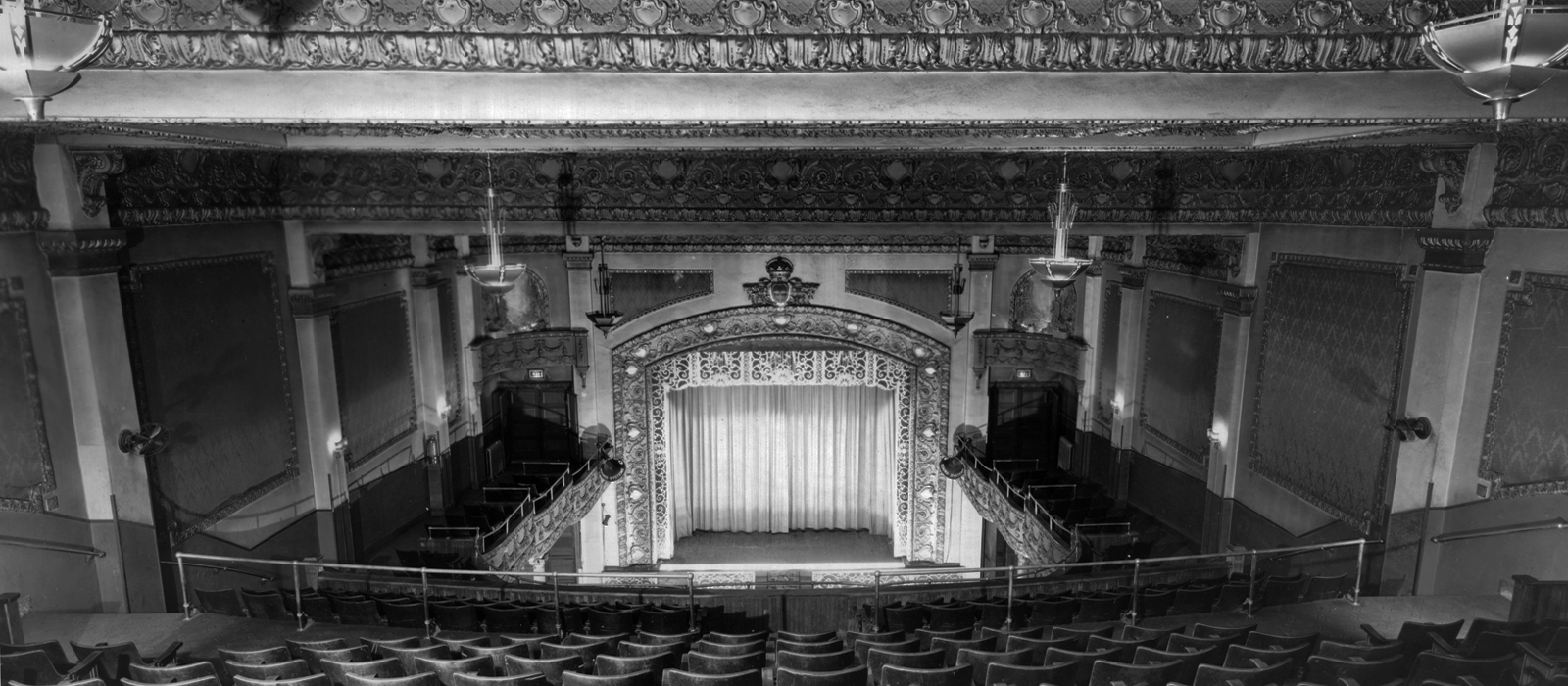The Capital Advantage – Film Studies in Ottawa
The program takes full advantage of its location in Ottawa and its national institutions which offer opportunities for practica, internships and access to research materials unparalleled in Canada.
Links with the following institutions enhance the program’s academic and cultural profile locally, nationally and internationally:
- Moving Image and Sound Archives of the National Archives of Canada
- Ottawa International Silent and Early Sound Film Festival
Local Partners
The following is a list of links to some of our “community” partners.
We are also grateful to some of these organizations for providing us with practica/internship placements.
- Canadian Film Institute (CFI)
- Ottawa International Animation Festival
- Saw Video
- Artengine
- Independent Filmmaking Coop of Ottawa (IFCO)
- Mayfair Theater
- Canada Science and Technology Museum
- One World Film Festival (at One World Arts)
Film Studies Graduate Handbook
Every year we provide our current students with a handbook of vital and interesting information. Download the PDF here: Graduate Handbook
Thesis Guidelines
Guidelines for MA Theses – updated 2015
Resources
As students in the MA program, you will have access to our substantial film, videotape and DVD holdings that are housed in the Audio-Visual Resource Centre, 460 St. Patrick’s Building. Please contact Diane Berezowski, the Assistant Coordinator, Circulation, for information. Click here for AVRC borrowing policies and procedures.
In addition to these materials, make use of the substantial research collection that was donated to the program by the National Film Archives, the National Film Board Reference Library and Prof. Peter Harcourt. This collection consists of a wide range of printed materials, such as film journals, periodicals, trade publications and newsletters, reference books, industry indexes, guides to resources and books. It is available for on-site consultation in the Audio-Visual Resource Centre (SP460).
Film Research Collections
The Film Studies program has a substantial research collection that was donated by individuals and institutions, specifically by Prof. Peter Harcourt (Emeritus) and the National Film Archives and the National Film Board Reference Library. It is available for on-site consultation to graduate students and faculty in the Graduate Study Room on the 4th floor of the St. Patrick’s Building. It consists of a wide range of printed materials, such as film journals, periodicals, trade publications and newsletters, reference books, industry indexes, guides to resources and books, in addition to catalogues of the major Canadian film festivals.
Very valuable to this collection are the full runs of Canadian publications like Motion, The Canadian Cinematographer Newsletter, Cinema Canada, Séquences, Cinéma Québec, New Canadian Cinema/Nouveau Cinéma Canadien and the first Take One. Large sets of international publications are also available. They include, among others, Screen, Educational Screen, Sight and Sound, Films Criticism, Films and Filming from Great Britain; Media International and Cinema Papers from Australia; American Radio and Television, Velvet Light Trap and Wide Angle from the United States; Cahiers du Cinéma, Cahiers de la Cinématheque and Film Francais from France.
Carleton’s MacOdrum Library
The University’s main library, the MacOdrum, has over 7,000 books and over 200 hundred periodicals in its collections related to the study of cinema. The collections are strong in holdings of film criticism, theory and aesthetics, national cinemas, film scripts, and in material by and about individual filmmakers. The library has film-specific monographs and journals in English, French, Spanish, German, Italian and Russian. There are excellent inter-library loan services.
Off-campus library holdings and resources
Its Ottawa location provides the Film Studies program with research facilities unequalled anywhere in Canada.
The film archive, library and documentation centre of the National Library and Archives Canada is a major complementary resource. The film archive is a full member of the International Federation of Film Archives and is recognized as a world-class film archive and has ties with other film archives around the world for the purposes of loan, exchange and purchase of materials. It is the deposit archive and library for all films produced in Canada and is responsible for preserving and disseminating Canada’s entire film heritage. In addition, it has extensive public and private documentation relating to the history and production of film in Canada. The Cinémathèque québécoise, with its materials on French and Quebec cinema, is not out of reach in Montreal. At the University of Ottawa, some periodical holdings, and some imprints, especially in French, supplement the MacOdrum Library’s collections.
The collections of the Canada Museum of Science and Technology offer opportunities to research the history and development of image and sound technologies, including film, radio and television broadcasting. The National Gallery of Canada has a collection of films by Canadian artists, many of whom are important figures in avant-garde cinema (Michael Snow, Jack Chambers, Joyce Wieland, et al). The National Gallery and the Canada Council Art Bank also continue to showcase and acquire Canadian and international video art and both have significant libraries on the subject. The extraordinary resources of the Ottawa area are a particular incentive to research and study in the field of Canadian film and video.
